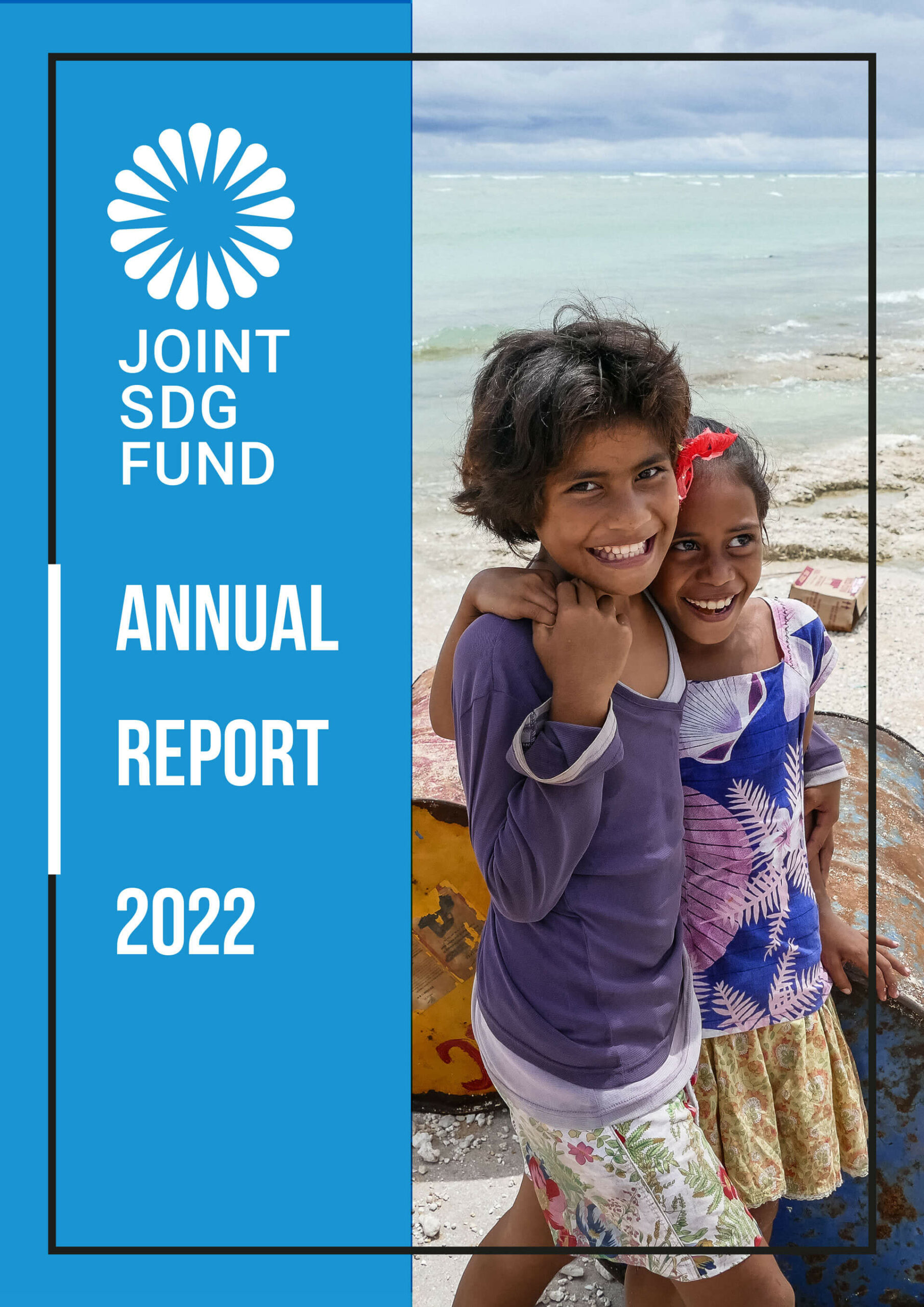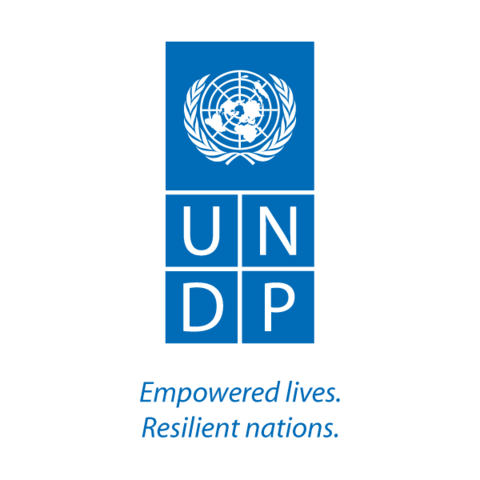In our first blog on Innovation Challenge, "For more information informality," we talked about the process and why we chose an open innovation methodology. Now we want to mention the results of the Challenge and learned lessons.
We invited the three finalist teams that prototyped their ideas to think outside the box. As a result, we obtained the following proposals to collect data on young people in the informal economy through a digital solution.
When we opened the box, what did we get?
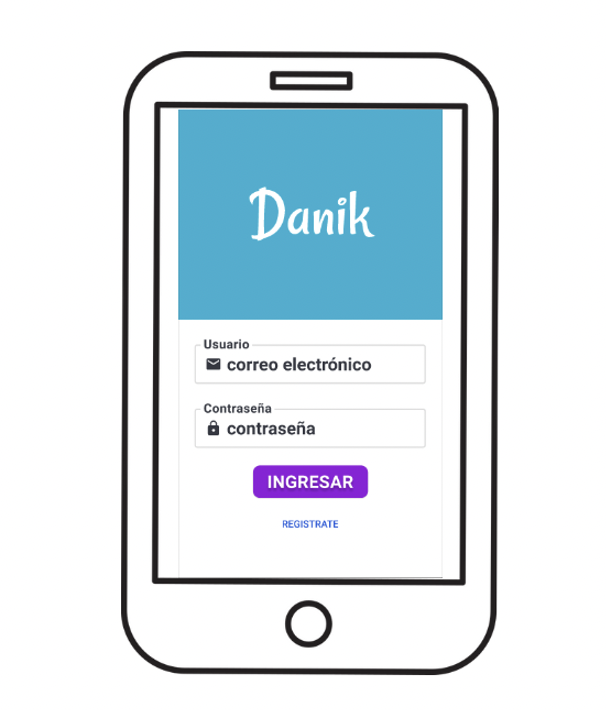
The Jrtec team was formed by four members with knowledge on Web development. This team proposed to develop a platform called DANIK, which functions as a job bank in which young people share their profiles and have access to training courses based on their training needs, among other functions. On the other hand, companies can locate the best profile for a new job, thanks to a search engine that uses artificial intelligence.
As an incentive for young people to use this platform, the Jrtec team proposed that the profiles that answer a survey be “awarded” with a more frequent appearance in searches carried out by employers.
Operation of DANIK from the young user perspective
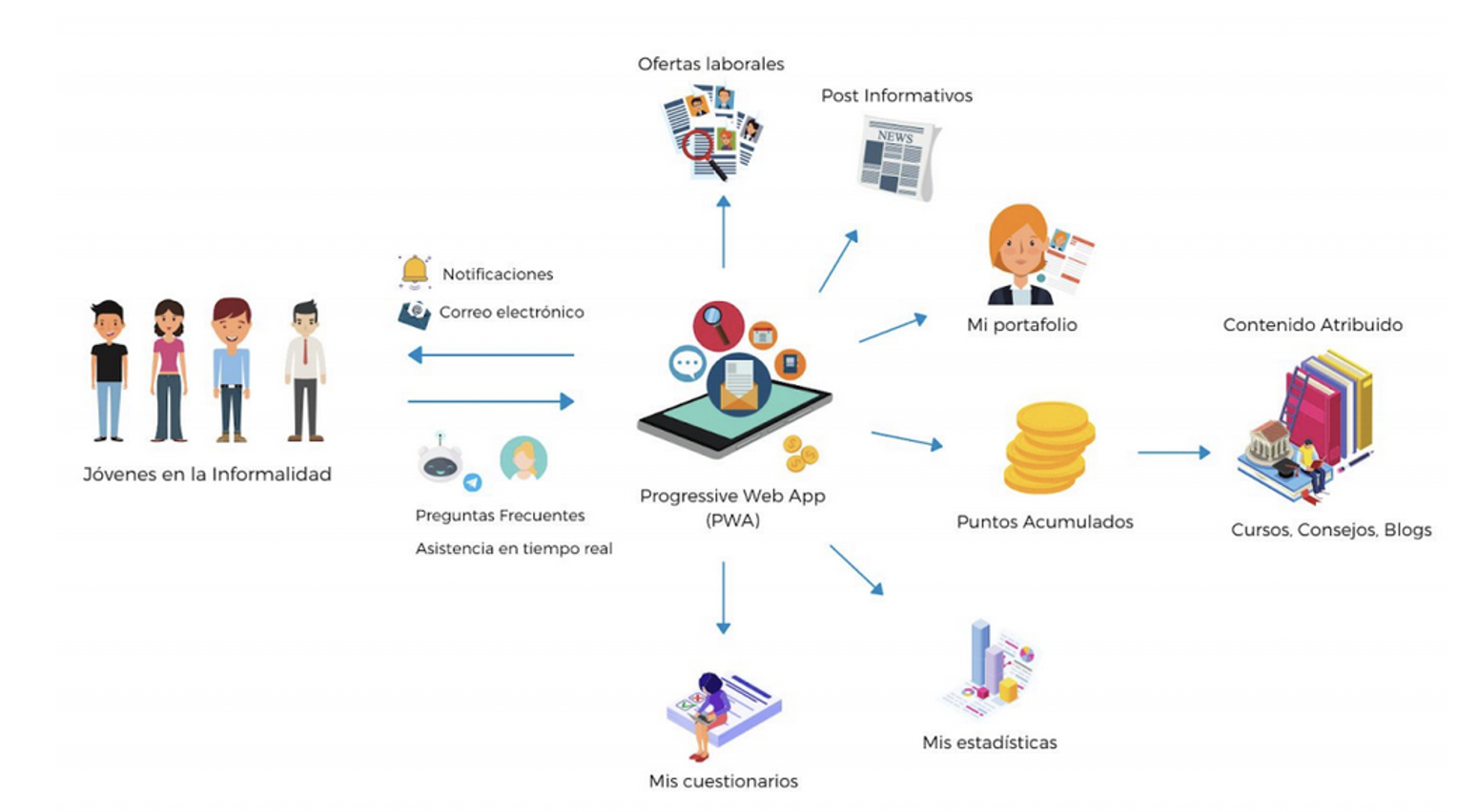
The second team, Basic, had four members with knowledge on planning, graphic design, and data management. This team proposed a job board, in which the link between a worker and employer is seen as a “match” similar to the one on the Tinder App. In addition, by looking for a job, young people can continue to improve their knowledge and skills by easily accessing free online courses. To encourage young people to answer the employment survey questions and use the platform, the team suggested raffling off prizes offered from the private sector. It is key to generate alliances with private companies, for example, a chicken combo from KFC or cellular data from Movistar. The most potent component of the proposal was the communication strategy, which sought to generate expectation by using the logo "Meet the love of your life." Once the user opens the platform, a disruption is generated as the "The love of your life is YOU." The communication strategy seeks for the young person to focus on oneself when seeking employment and training.
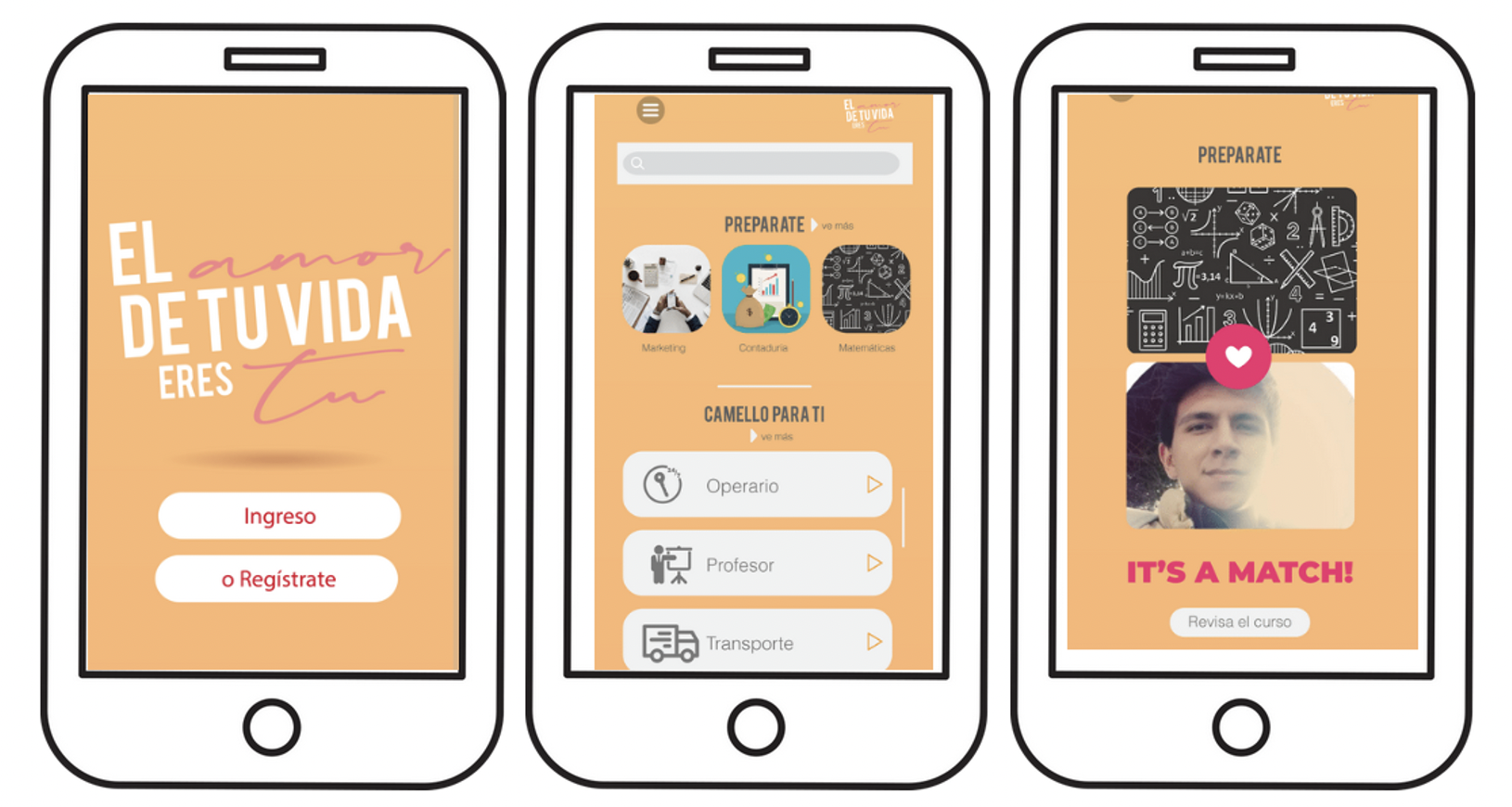
The third team, named Kolekti, and winner of the Challenge, had four members with knowledge on Web development. This team proposed to develop a job bank that groups together the various existing job boards and facilitates access to this information by young people. The incentive for young people to use this space is to build a community among them based on interactions and shared interests. Therefore, the platform has a chat, forum, events, and blog functions. The forum is a space for young people to ask questions or receive suggestions from their peers and other types of actors on, for example, steps or procedures related to the opening or closing of a business, among other questions. Young people will be able to access existing courses through a search engine and build one for peer learning and profit from it.
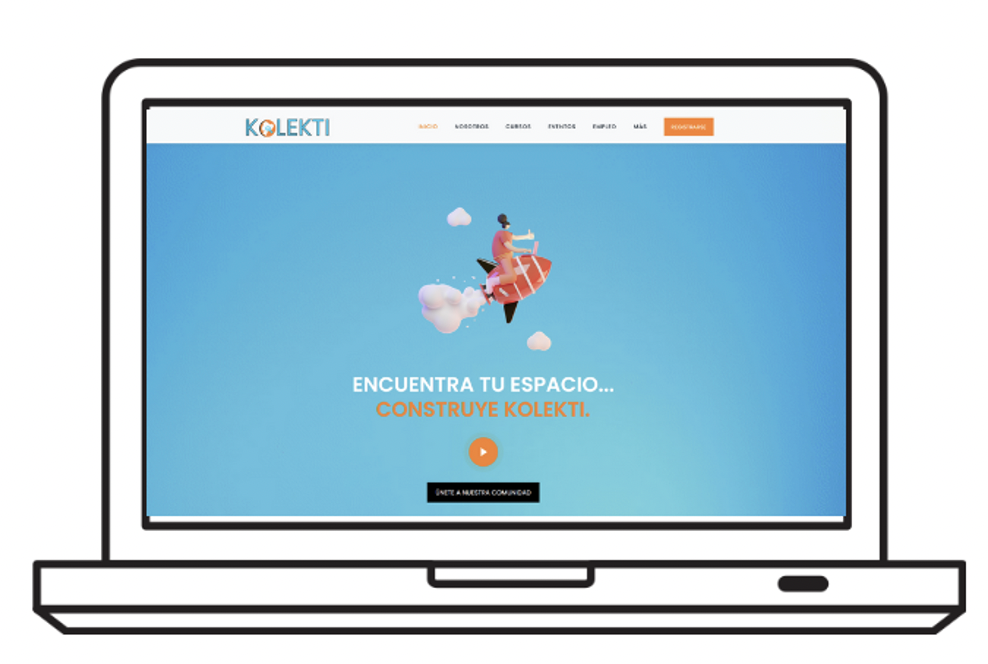
It is worth mentioning that the three finalist solutions have certain common aspects. For example, the three teams propose that the digital solution would work as a job bank and a platform for continuing education. Another common feature between the three proposals is that the information can be viewed by various actors and accessed in open data format. It is essential to recognize that to implement the prototypes, a third iteration is required to refine details and continue testing the scope of use and functionality. This will be done by the United Nations Development Program (UNDP) team.
Reflections and learnings
The initiative of the innovation challenge starts by recognizing that there are some limitations in the access to information on some population groups in the country, one of them being young people. National Statistics are fed with data from different sources: household and production unit surveys, national censuses, synthesis statistics, and administrative records. Despite these efforts, the quality, periodicity, combination, and management of the available information could be improved to better decision-making inputs.
The UN interagency project My Future is Now ( Expanding the social protection system for young women and men in the informal economy ) has as one of its goals to create a national registry on young people in the informal economy. This component includes the Innovation Challenge and is complemented by other actions to strengthen information systems.
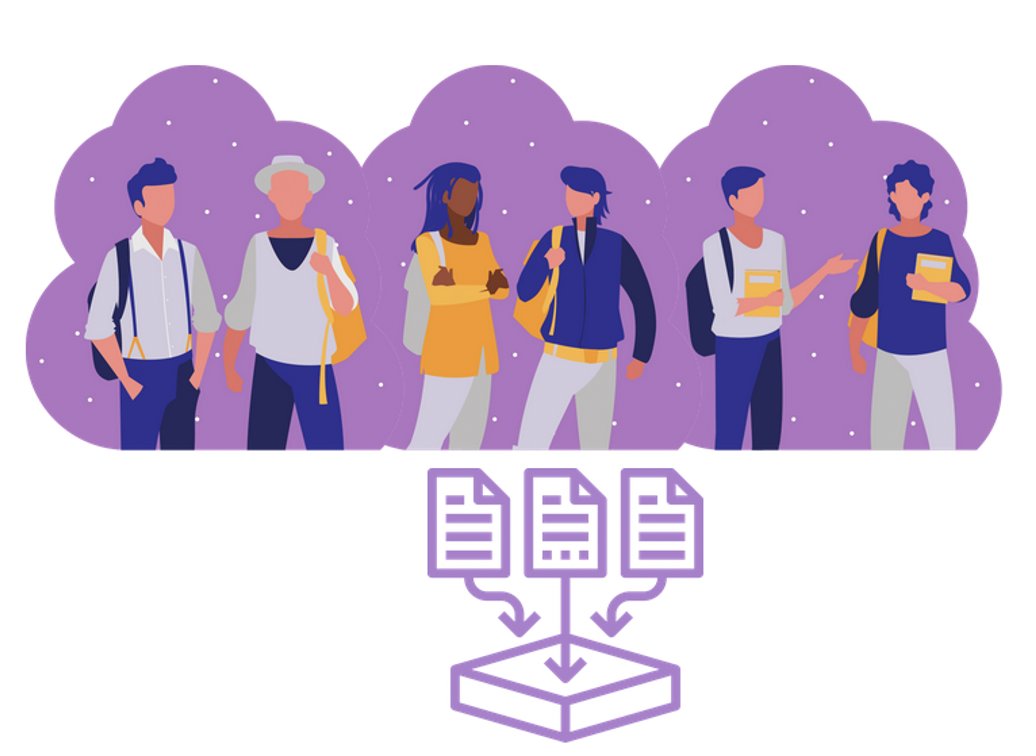
The recognition of the role of innovation and of the importance of generating new ideas and methodologies to address the problem of development led us to search for a digital solution to gather information that goes beyond surveys and administrative records, in hope it will allow for a more continuous and direct interaction with youth, learning about their situation and interests.
We believe in the power of initiatives that open the debate and summon various actors for the collaborative development of solutions to collective problems. While developing non-traditional initiatives, there are many questions and issues to be solved along the way. This, more than a limitation, is a challenge and is part of the collective learning of the actors involved. The solutions and obstacles encountered today can provide future solutions for similar initiatives. In this sense, we learned about the importance of supporting and guiding the development of young people's prototypes. There must be a balance between the expected results and the time to develop them. It is crucial to keep teams motivated and have direct communication with them.
The three PUNOs participating in the project (United Nations System in Ecuador), civil society organizations such as Datalat and OpenLab Ec, and the main public institutions governing public policy and users of the information on young people such as: the Ministry of Economic and Social Inclusion , the Ministry of Labor, the Institute of Social Security System (IESS) , the Social Registry Unit and the National Institute of Statistics and Censuses (INEC) participated in the development of the innovation challenge. In addition, young people were considered and included in the different phases of the Challenge. This with the aim to incorporate their contributions into the concept of the Challenge (challenge ideation workshop); in the presentation and mentoring for the Challenge (phase 1: laboratory of ideas; and in the validation of the solutions (phase 2: prototyping my idea). Additionally, most of the enrolled teams were formed by young people with different professional profiles and skills.
This combination of actors with different views, traditions and organizational logics produced interesting exchanges, ideas, and questions on how to advance in the implementation of a digital solution that complies with the ambitious guidelines identified in the ‘Ideas Laboratory’.

Furthermore, public institutions were very interested in applying new ways of gathering information about this population group. They emphasized on the need for the data collected to complement the information that already exists in the databases managed by the institutions themselves. Likewise, coinciding with the criteria of the UN agencies that are part of the joint program, the institutions recognized it is crucial to determine a management model for the digital solution that allows its sustainability under standards of data protection and confidentiality of young people’s information.
Similarly, professionals dedicated to developing digital applications also saw in the Challenge an opportunity to contribute from academia, the private sector, or civil society in solving complex and priority development problems.
Considering all the above, the main lesson learned is that the open innovation methodology ensures a participatory process, giving young people an active role to propose and validate ideas, inviting other actors to join proactively. Further, the process provided valuable ideas and considerations that complement what the winning solution (or the winning team) proposed. For now, some steps and challenges remain for the implementation of the digital solution and for this phase, we will continue to seek the dialogue and the collective construction of solutions and proposals.
Finally, the digital solution to gather information on young people in the informal economy will be designed taking into consideration the different elements resulting from the Challenge.
Follow us to learn about the implementation of the Challenge on our next blog! We are convinced that having more and better information in an open format is key, so if your organization has experience in the development of platforms for youth, contact ana.grijalva [at] undp.org (ana.grijalva(at)undp.org) or alejandra.pena [at] undp.org (alejandra.pena(at)undp.org)

